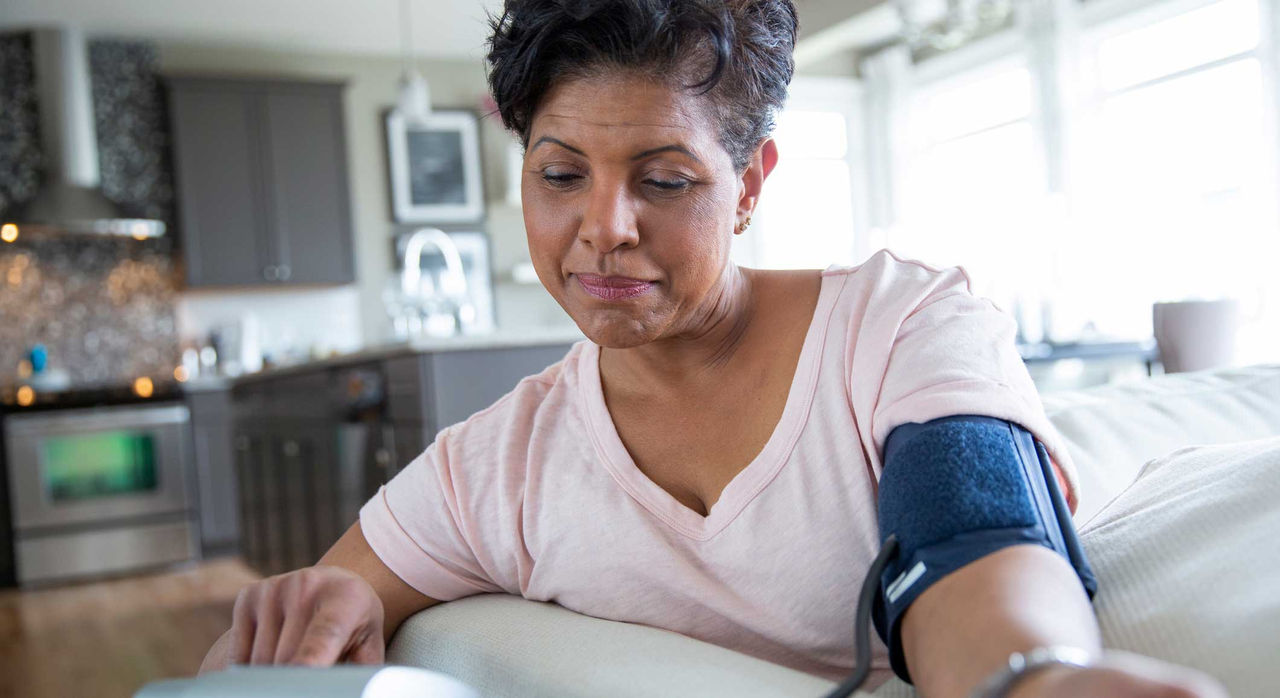-
- Find Care
-
- Visitor Information
- Find a Location
- Shuttles
- Visitor Policies
-
-
- Our Virtual Care Options
- Virtual Urgent Care
- Virtual Visits for Primary & Specialty Care
- Online Second Opinions
- Participate in Research
-
- Contact us
-
- For Innovators
- Commercialization Guide for Innovators
-
-
- Research News
- Alzheimer's Disease
- Artificial Intelligence
-
- Overview
-
- Overview
- Getting Started
- New to Mass General Brigham
- International Patient Services
- What Is Patient Gateway?
- Planning Your Visit
- Find a Doctor (opens link in new tab)
- Appointments
- Patient Resources
- Health & Wellness
- Flu, COVID-19, & RSV
- Billing & Insurance
- Financial Assistance
- Medicare and MassHealth ACOs
- Participate in Research
- Educational Resources
- Visitor Information
- Find a Location
- Shuttles
- Visitor Policies
- Find Care
-
- Overview
- Our Virtual Care Options
- Virtual Urgent Care
- Virtual Visits for Primary & Specialty Care
- Online Second Opinions
-
- Overview
- Participate in Research
-
- Overview
- About Innovation
- About
- Team
- News
- For Industry
- Venture Capital and Investments
- World Medical Innovation Forum (opens link in new tab)
- Featured Licensing Opportunities
- For Innovators
- Commercialization Guide for Innovators
- Contact us
-
- Overview
- Information for Researchers
- Compliance Office
- Research Cores
- Clinical Trials
- Advisory Services
- Featured Research
- Two Centuries of Breakthroughs
- Advances in Motion (opens link in new tab)
- Brigham on a Mission (opens link in new tab)
- Gene and Cell Therapy Institute
- Research News
- Alzheimer's Disease
- Artificial Intelligence
-
- Overview
-
- Overview
- Residency & fellowship programs
- Brigham and Women's Hospital
- Massachusetts General Hospital
- Mass Eye and Ear
- Newton-Wellesley Hospital
- Salem Hospital
- Integrated Mass General Brigham Programs
- Centers of Expertise
- Global & Community Health
- Health Policy & Management
- Healthcare Quality & Patient Safey
- Medical Education
- For trainees
- Prospective trainees
- Incoming trainees
- Current trainees
- Continuing Professional Development
Study Shows Remote Patient Monitoring Improves Blood Pressure and Cholesterol

Say you have an chronic health condition that’s being treated by your primary care provider (PCP) or a specialist, with regular check-ins at the clinic or hospital. Wouldn’t it be easier to send vital signs and other health information directly to your doctor from home?
Remote health care monitoring aims to do just that. Using cellular and Bluetooth-enabled devices, like scales and blood pressure cuffs, patients can send health updates to their providers in real time.
Benjamin Scirica, MD is a Mass General Brigham cardiologist who cares for patients at Brigham and Women’s Hospital. He leads the Accelerator for Clinical Transformation/Remote Heath team that delivers remote cardiovascular health programs. They recently published a study on remote blood pressure monitoring showing that remote monitoring can improve blood pressure and cholesterol levels.
“Our goal is to improve access and help patients achieve their health goals through developing entirely remote, or virtual, clinics. We know how hard it can be to come in for clinic visits, and want to lower the barrier to receiving optimal care,” says Dr. Scirica.
Remote blood pressure monitoring study
Dr. Scirica and the team enrolled over 10,000 patients from across the Mass General Brigham system in the study. More than 8,000 were in a program to manage high cholesterol, while over 3,500 were in a program for hypertension, or high blood pressure. Almost 1,000 patients took part in both programs. The team provided patients with educational materials and blood pressure cuffs.
“The cuffs automatically sent blood pressure readings directly to the program so we could get real-time data and respond quickly,” explains Dr. Scirica. When needed, blood tests to measure cholesterol could be done at the most convenient laboratory.
The monitoring program team included patient navigators, the principal team members speaking with patients and ensuring they understood what was happening. Importantly, advanced practice pharmacists prescribed medications directly to patients because they were practicing within expert-designed clinical protocols, further streamlining the process. “The pharmacists practiced under what are called collaborative drug treatment management agreements, which gives them prescribing ability as long as they’re following a medication algorithm designed by our clinicians,” Dr. Scirica explains. The pharmacists were able to adjust a patient’s medication directly, depending on the results of the remote monitoring.
“We also developed a suite of technology applications that allowed the patient navigators and pharmacists to handle a large amount of patients efficiently,” says Dr. Scirica. Each morning, a report automatically flagged patients whose readings were above or below a certain threshold. The patient navigators reached out to those patients to check on them. This workflow enabled the doctors and other providers to focus on patients who needed the most urgent care.
Enrolling a diverse study population
It was important for the research team to enroll a diverse population, since non-white patients are often at a higher risk for high blood pressure and high cholesterol. “We collaborated with teams from the United Against Racism group and their community health workers as they’ve tried to address hypertension,” Dr. Scirica says. “We were really excited to enroll a very diverse population.”
Their efforts included making sure the patient materials were translated into other languages. “Our Spanish-speaking navigators were able to interact directly with patients in Spanish, and for other languages we used hospital translators. We did not let language become an obstacle in enrolling patients,” Dr. Scirica says.
To make it as easy as possible for patients, they also used remote devices that didn’t require smartphones or different applications. “We wanted to avoid any digital divide, which is always a concern when you start rolling out these remote and digital health solutions. By taking the need for smartphones or Wi-Fi access out of the picture, we were able to increase the use of the remote devices dramatically,” explains Dr. Scirica.
Results of the remote patient monitoring study
The team analyzed their findings, including almost half a million blood pressure readings and over 130,000 lab reports. They found that both blood pressure and cholesterol levels were lowered significantly during the program. Furthermore, patient success rates were similar across different race, ethnicity, and language groups. Meanwhile, patients that had only received education saw almost no difference in their levels over time.
“Reductions in cholesterol and blood pressure will result in a significant decrease in the risk of stroke, heart attacks, heart failure, and cardiovascular death,” says Dr. Scirica. By managing their levels remotely and engaging in preventative care, patients can prevent more serious complications from taking place.
Transforming patient care through remote monitoring
Remote monitoring has the potential to transform the way care is provided for other diseases. “I think this type of model works in many different specialties, whether it’s diabetes, rheumatology (diseases like arthritis), pulmonology (lung disease), cancer screening, or cancer prevention,” Dr. Scirica says.
Researchers at Mass General Brigham are currently studying remote programs for conditions including:
Diabetes
“We believe that when done right, remote health care can increase access, decrease inequality, and improve quality of care across the board,” says Dr. Scirica.
